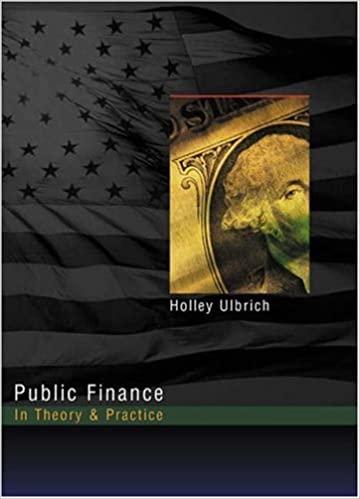Answered step by step
Verified Expert Solution
Question
1 Approved Answer
Options question 1: price, par value, coupon payment Options question 2: liquidation, default, bankruptcy Options question 3: call provision, convertibility provision, call premium Options question

Options question 1: price, par value, coupon payment
Options question 2: liquidation, default, bankruptcy
Options question 3: call provision, convertibility provision, call premium
Options question 4: convertible provision, call provision, sinking fund provision
Option question 5: floating-rate, zero coupon
Options question 6: indenture, debenture, trustee
1. Characteristics of bonds To be effective issuing and investing in bonds, knowledge of their terminology, characteristics, and features is essential. For example: A bond's refers to its face value and the amount of money that the issuing entity borrows and promises to repay on the maturity date. A bond issuer is said to be in if it does not pay the interest or the principal in accordance with the terms of the indenture agreement or if it violates one or more of the issue's restrictive covenants. A bond contract feature that requires the issuer to retire a specified portion of the bond issue each year is called a A bond's allows a bondholder or preferred stockholder to convert their bond or preferred share, respectively, into a specified number or value of common shares. Suppose you read an article about the Golden Gate Bridge and Highway District bonds. It includes the following information: Bridge Bonds Series A Dated 7-15-2005 4.375% Due 7-15-2055 @100.00 What is the coupon interest rate of this bond? 4.37596 O 0.43596 If the price of the bond is initially discounted and offers no coupon payments, the bond is called a bond. The contract that describes the terms of a borrowing arrangement between a firm that sells a bond issue and the investors who purchase the bonds is called the Issuers can gradually reduce the outstanding balance of a bond issue by using a sinking fund account into which they deposit a specified amount of money each year. To operationalize the sinking fund provision of an indenture, issuers can (1) purchase a portion of the debt in the open market or (2) call the bonds if they contain a call provision. Under what circumstances would a firm be more likely to buy the required number of bonds in the open market as opposed to using one of the other procedures? When interest rates are higher than they were when the bonds were issued When interest rates are lower than they were when the bonds were issued
Step by Step Solution
There are 3 Steps involved in it
Step: 1

Get Instant Access to Expert-Tailored Solutions
See step-by-step solutions with expert insights and AI powered tools for academic success
Step: 2

Step: 3

Ace Your Homework with AI
Get the answers you need in no time with our AI-driven, step-by-step assistance
Get Started


